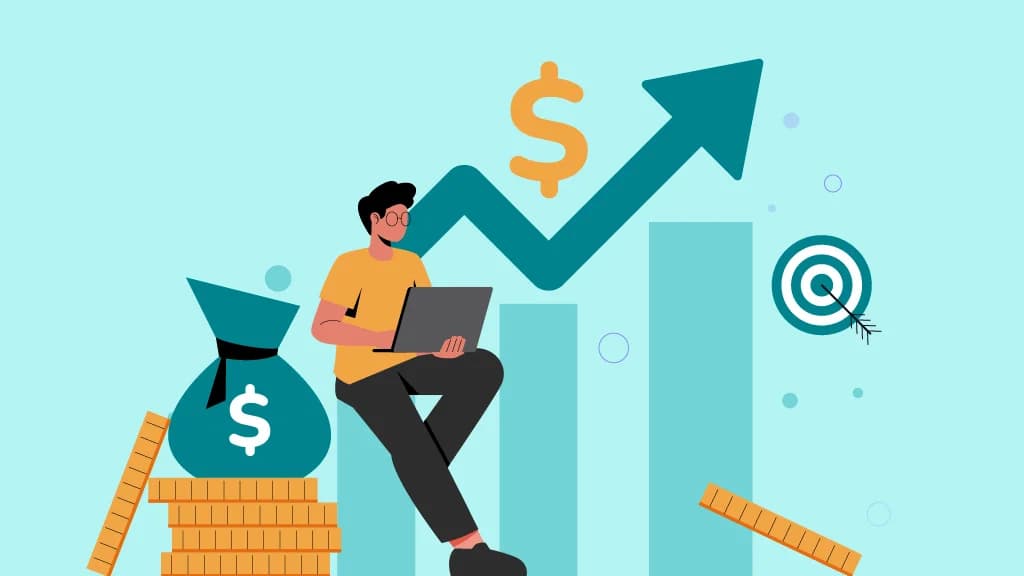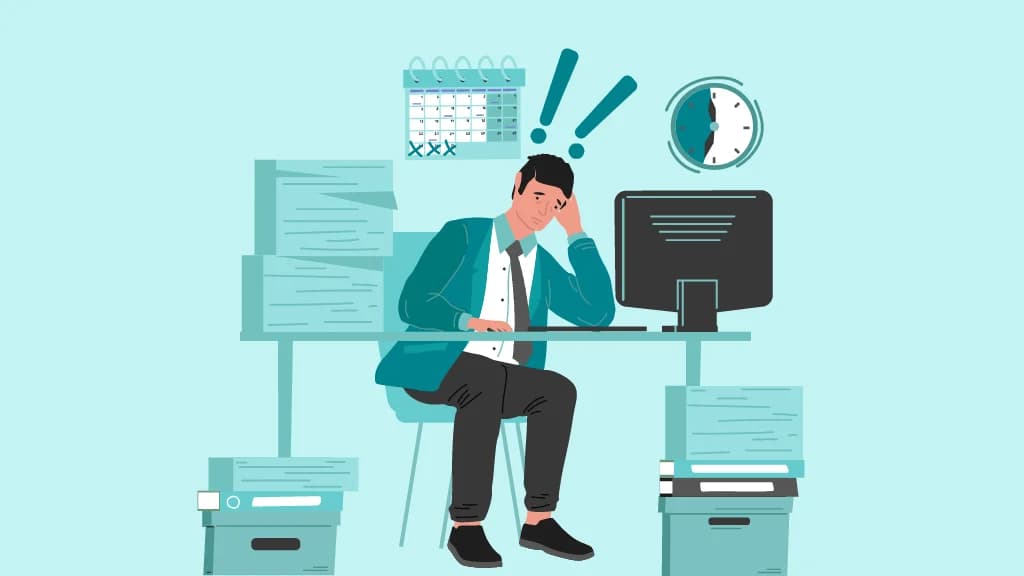
Team AdvantageClub.ai
April 4, 2025

How do you make hard work pay off? Rewarding good work inspires people to do better. In this guide, we will explain how to reward in a way that works. We will cover the best ways to reward, why choosing the right ones for each person is important, and how tools like Agentic AI can help. When rewards are done well, employees become more cheerful, put in more effort, and help the firm to grow.
What Are Performance-Based Incentive Programs?
These are unique reward systems that give people rewards when they perform well. Rather than receive the same level of money each time, employees receive additional rewards for their hard work. This encourages them to work harder and be accountable.
How these differ from standard bonuses or fixed pay structures:
These programs tie compensation directly to measurable performance outcomes, unlike standard bonuses which may be discretionary or tied to overall company performance, and fixed pay structures that remain constant regardless of individual output.
Short-term vs. long-term incentive programs:
Short-term incentives focus on immediate performance such as Quarterly sales bonuses. Long-term incentives align with the company’s future growth such as Stock options vesting over several years.
Core components of a successful program:
- Clear performance metrics.
- Transparent communication.
- Fair and attainable goals.
- Meaningful rewards.
How to Design Effective Performance-Based Incentive Plans for Employees
Step 1: Set Organizational and Employee-Aligned Goals
The first step in a good reward system is setting goals that help the company and its workers. When work leads to company growth, effort increases. Letting workers help choose these goals makes them feel part of something important, bringing passion to their work.
Step 2: Select the Right Incentive Model
Choosing the best means of providing rewards is extremely important. When employees are rewarded for their work, they are satisfied with their achievements. When teams are rewarded collectively, they learn to collaborate. Some reward programs employ both methods to be equitable and rewarding to all. The best selection depends on what the company aims to accomplish and how it operates.
Step 3: Define Measurable KPIs and Success Metrics
A good reward system needs goals that are easy to measure. They should match the company’s needs and be checked often to ensure everything stays on track. When goals are clear, everyone knows what to aim for.
Step 4: Align Rewards with Business Outcomes
Rewards must be tied to the success of the business. When hard work results in real progress, motivation increases. This way, the company and the employees grow together.
Step 5: Choose Between Monetary and Non-Monetary Incentives
Some rewards are financial, i.e., bonuses or extra pay. Some rewards, like praising someone for a “good job” or granting special favors, give the feeling of being valued. Both are important. The firm has to find the right mix depending on what its employees want and need.
Step 6: Communicate Clearly with Employees
It is essential to make the reward system transparent. Employees must be informed of what they must do to earn rewards. After knowing the rules, they are thrilled and work harder. Regular updates and feedback keep everyone on track.
Step 7: Monitor and Refine the Program Regularly
Watching the reward scheme’s progress is crucial. Observing staff performance and hearing them out makes the program better. Changing when necessary keeps the plan fair, rewarding, and motivational.
Performance-Based Rewards Examples
Example 1: Sales Team Commission Models
The salesperson is paid according to the amount of product they sell. They get more and more with each sale. It encourages them to work hard and brings more revenue to the company.
Example 2: Team Performance Bonuses in Project-Based Organizations
Some businesses pay extra money to teams that complete their projects successfully. When a team collaborates and performs excellently, they all receive a reward. This encourages everyone to help one another & build a collaborative environment.
Example 3: Non-Monetary Reward Systems
Not all rewards are about money. Sometimes, a “Great job!” or a small gift makes someone smile. Letting employees pick their work hours or learn something new can also make them feel happy and appreciated.
Example 4: Profit-Sharing and Long-Term Incentives
Some companies share their profits with workers. When the company does well, workers get some of it. This makes the workers care about the company’s well-being and strive even more to make the company better in the future.
Why Performance-Based Incentives Matter for Employees and Organizations
For Employees:
- Performance-based incentives give employees a good motive for professional development and financial benefit.
- Incentive programs of this type motivate the idea of ownership and responsibility and deliver increased job satisfaction.
- Recognition and rewards boost morale and motivation, leading to higher engagement and productivity.
For Organizations:
- Encourages High Performance: Paying employees according to their effort encourages them to create a culture where everyone works at their best.
- Aligns Efforts with Goals: Employees become goal-focused toward building the company when they are sure their efforts will be rewarded.
- Retains and Acquires Top Talent: An effective reward system rewards workers and keeps them at the company, ensuring company success in the future.
Types of Performance-Based Incentive Plans
- Individual Performance Incentives
These incentives are given to employees for their personal achievements. They encourage people to work harder, but they will sometimes cause too much rivalry. To avoid this from being unfair, companies will usually merge them with team-based rewards. - Team-Based Performance Incentives
These rewards are given to a group of workers for doing well. They encourage individuals to cover one another and be accountable so the entire corporation is more substantial. However, sometimes, the greatest workers may not feel as encouraged if their work is not acknowledged. - Short-Term vs. Long-Term Incentives
Short-term incentives enable employees to achieve short-term effects, i.e., deadline completion. Long-term incentives remind them of larger goals, i.e., contributing to the company’s growth. Combining both of them can make employees joyful and motivated. - Cash, Stock Options, Recognition, Perks
Firms may provide rewards such as additional money, company stocks, special-type awards, or recreation benefits. The proper reward makes the employees feel appreciated and encouraged to perform their best.
Common Mistakes to Avoid When Designing Incentive Plans
- Misaligned or Unclear Goals
If the objectives are unclear or not aligned with the company’s needs, the incentive plan will fail. The goals should be clear and allow the company and employees to develop. - Ignoring Employee Input
Unless workers have a say in it, they may not be enthusiastic about the rewards. By inquiring what they like, the plan becomes more practical and enjoyable for all. - Over Complicated Structures
A complicated plan is frustrating. Simplifying and being clear keeps the employees motivated and on track. - Focusing Solely on Monetary Rewards
It isn’t always about money. Of course, monetary benefits are a great way to reward your employees’ efforts. A lot of times, it is that personal and emotional interaction that makes them go the extra mile.
A simple “thank you” message, a surprise day off, or a small treat can brighten their mood and build that strong bond that money cannot buy. - No Plan for Regular Review or Adjustment
If the plan is never modified, it will fail. Regular check-ins and incremental adjustments keep employees involved and motivated.
How to Measure the Success of Your Incentive Plan
- Employee Satisfaction Surveys and Feedback
Seeking the employees’ opinions regarding the incentive plan tells you whether it works. Conducting regular surveys and feedback keeps the plan up to date-and running. - Tracking KPIs
Tracking key performance measures (KPIs) like productivity, engagement, and retention allow progress to be followed. Tracking these numbers typically means the plan is on track to deliver its aims. - Analyzing the ROI of the Program
ROI analysis determines whether the incentive program is an investment that can be made. An effective program should make the firm expand and remain profitable. - Continuous Program Improvement
Refining the plan from time to time makes it practical and motivational. Periodic review of data and making minor adjustments make it useful for the employees and the company.
Incentives That Drive Results
Performance-based incentive plans keep employees motivated, engaged, and productive. When organizational goals and personal goals align, everyone works better together.
A good incentive plan is the secret to making work more rewarding and driving long-term success. With digital technology like Agentic AI, it becomes easy to create smart, successful incentive programs that work for the organization and the employees.





